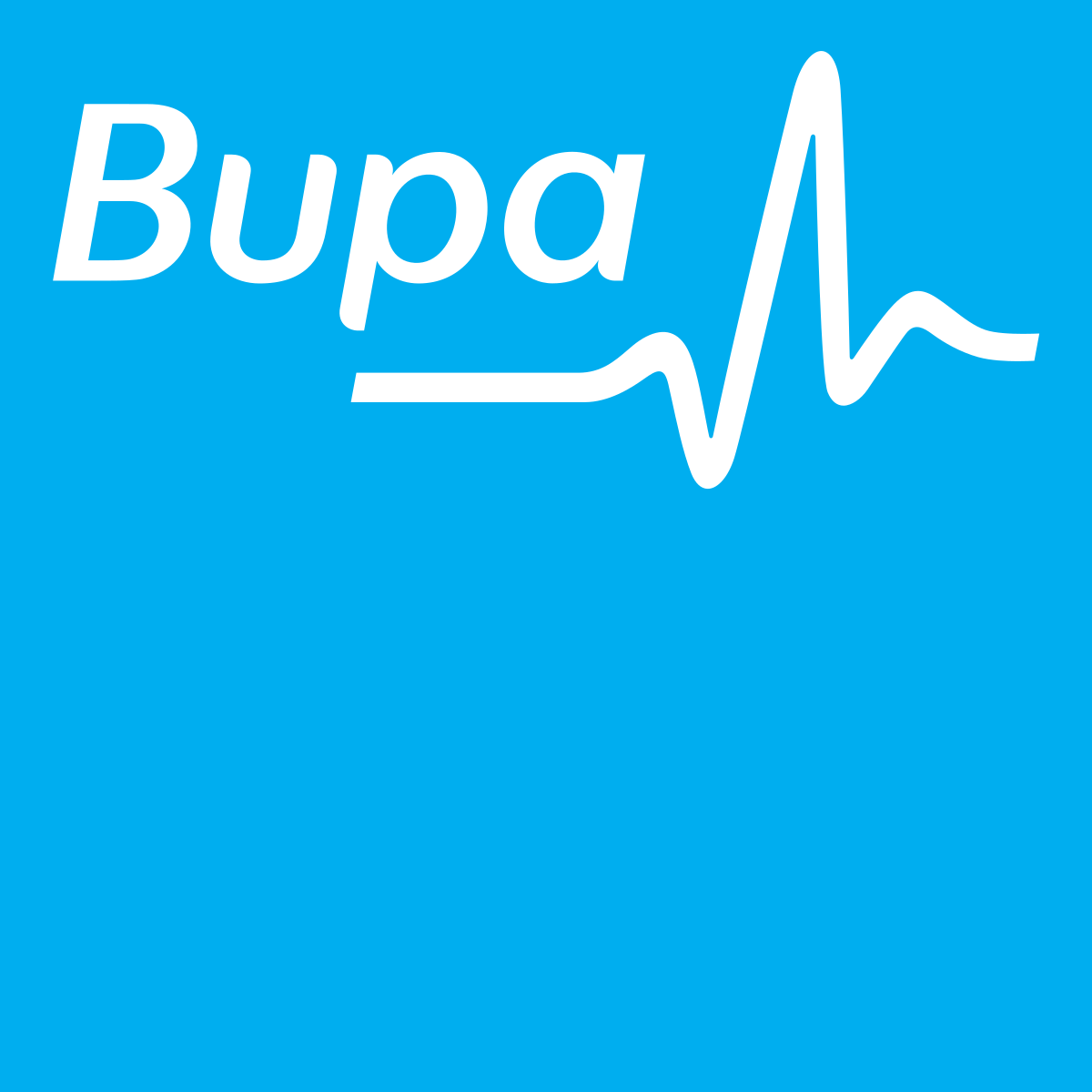Gallbladder Surgery / Cholecystectomy
Gallbladder removal surgery, also known as cholecystectomy, is one of the most common general surgical procedures performed in the United Kingdom and throughout the world. While the gallbladder is not a “necessary” organ, it still serves a purpose, and there are several ways in which it can become diseased.
The most common cause of gallbladder dysfunction is due to gallstones. Gallstones can be large or small, and while some patients have a few, others may have thousands – the number and size of gallstones are not directly correlated to symptoms, as some patients may be symptomatic whilst others are not.
What is the Gallbladder?
The gallbladder is a small pear shaped organ attached to the liver. The gallbladder acts as a reservoir for bile – a digestive enzyme produced by the liver. The gallbladder contracts to expel extra bile when it is stimulated by large and/or fatty meal. This that is why gallstone attacks tend to occur more frequently, and intensely, after such meals.
Symptoms of Gallbladder Disease
Gallbladder symptoms maybe mild or severe, but patients typically report discomfort or pain in the upper right quadrant of the abdomen – just under the ribs. Some patients with gallbladder disease may also feel pain in the upper left quadrant of the abdomen if the pancreas has become involved. Some describe symptoms similar to the discomfort of intense gas pains, while others compare it to the aching after heavy abdominal exercise.
Those with gallbladder disease may develop the yellowing of skin and eyes as a result of jaundice due to blockage of the bile duct. In some cases, the pain caused by gallbladder disease my radiate to other parts the body, most commonly the back, which may be mistaken for kidney stones.
Complications Associated with Gallstones
Gallstones become problematic when they block the flow of bile. Gallstones may also become caught in the bile duct, causing a very painful and quite dangerous condition. While a gallbladder attack may subside in time, the chance of recurrence is very high.
Further, blockage of the common bile duct can cause liver dysfunction and cirrhosis, with many patients with severe gallbladder disease becoming jaundiced as a result. Also concerning is the possibility of pancreatic disease, a very serious condition that needs to be treated urgently.
Middle-aged women who struggle with excess weight have the highest risk of developing gallstones, however the condition can affect anyone at any age.
How the Procedure Works
Gallbladder removal is a day surgery procedure and the patient will return home shortly after. The entire procedure requires about 45 minutes of operative time with short preoperative preparations and a postoperative recovery of about three to four hours.
The majority of gallbladder removal surgery is performed in a laparoscopic, or minimally invasive, manner. This requires four tiny incisions in the abdomen, rather than the single large incision of open surgeries of old. Mr. Ahmed is also skilled in performing mini and micro laparoscopic techniques giving an almost scarless result.
During the procedure, Mr. Ahmed carefully dissects the gallbladder from the liver and identifies both the artery that supplies blood to the gallbladder and the bile duct that transports bile from the gallbladder to the stomach. The artery and bile duct are pinched closed using tiny, titanium clamps. These vessels are then cut. Once the gallbladder has been separated from the vessels and the liver, it is put in a surgical bag and removed from the abdomen.
Recovery & Aftercare
Recovery from gallbladder surgery is swift and patients typically do not have dietary or physical restrictions. Indeed, patients are encouraged to get up and walk around shortly after surgery and further encouraged to get back to their normal routine soon after surgery. Patients will not be allowed to drive for up to a week after surgery as a result of possibly taking pain medication, if needed, for discomfort after surgery.
Typically patients return to work within a few days after surgery.The risks of gallbladder surgery are extremely low, especially when performed by skilled surgeon such as Mr. Ahmed.
A discussion about the risks of surgery, as they relate to the patient’s overall health, will be had during consultation. In the meantime, we encourage you to call our offices to schedule an appointment.
 Consultant Laparoscopic & Bariatric Surgeon
Consultant Laparoscopic & Bariatric Surgeon





